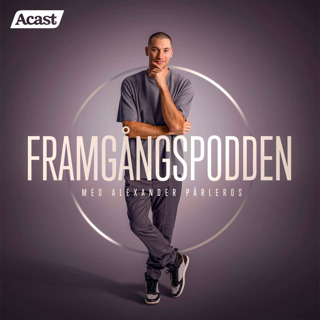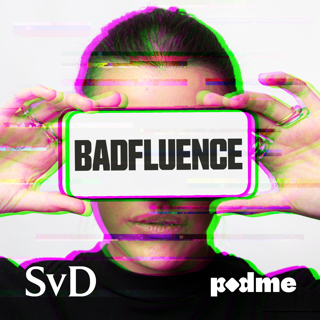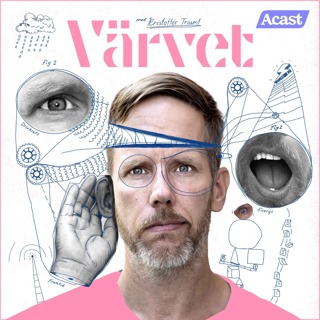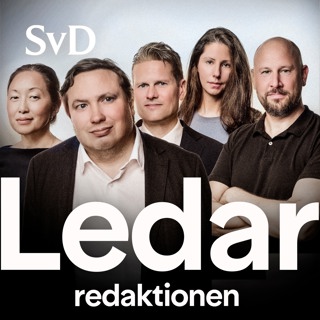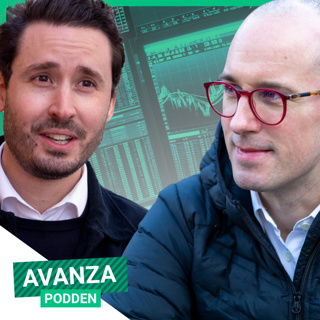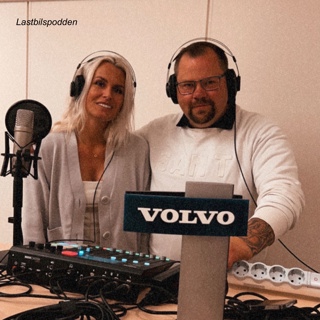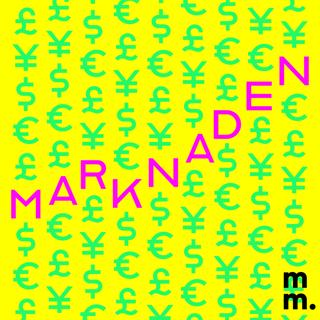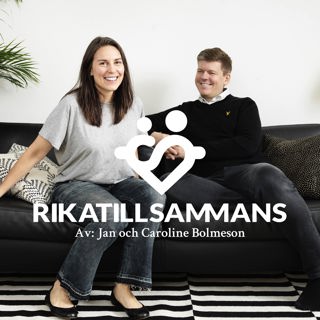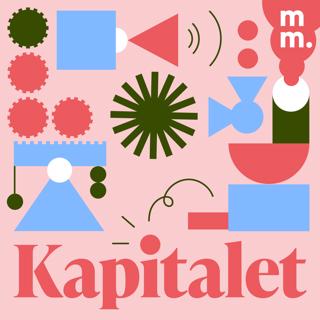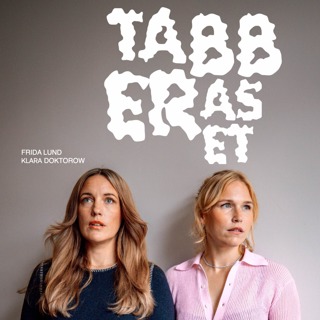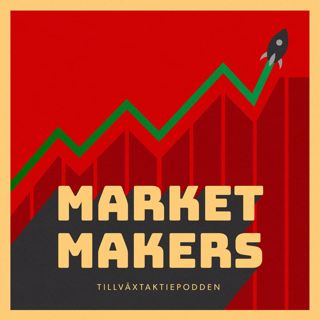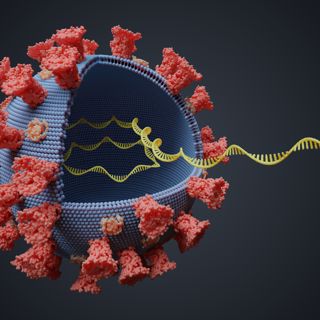
Preventing Pandemics with Genomic Epidemiology
The COVID-19 pandemic has increased the visibility of scientists and the scientific process to the broader public; suddenly, scientists working on virology and infectious disease dynamics have seen their public profiles rapidly expand. One such scientist is the special guest in this episode, Trevor Bedford, Associate Professor at the Fred Hutchinson Cancer Research Center.An expert in genomic epidemiology, he and his collaborators built Nextstrain, which shares real-time, interactive data visualizations to track the spread of viruses through populations.a16z bio deal team partner Judy Savitskaya and Lauren Richardson chat with Trevor about how genomic epidemiology can inform public health decisions; viral mutation and spillover from animals into humans; what can be done now to prevent the next big pandemic; and the shift in scientific communication to pre-prints and open science.
30 Juni 202034min

Journal Club: Therapeutic Video Game on Trial
In this episode of the a16z bio journal club, we cover one of the key clinical trials that supported the recent FDA approval of the first prescription video game. The game was developed by Akili Interactive, is called EndeavorRx, and is now a clinically-validated therapy for improving attention in children with Attention Deficit Hyperactivity Disorder (ADHD). But how does a game improve attention? How does a clinical trial evaluate the efficacy of a game? And what are the pros and cons of a video game as compared to traditional pharmacological therapies for ADHD? Bio deal team partner Justin Larkin and Lauren Richardson delve into these questions and more in their discussion of this clinical trial:“A novel digital intervention for actively reducing severity of paediatric ADHD (STARS-ADHD): a randomised controlled trial” in Lancet Digital Health (April 2020) by Scott H Kollins, Denton J DeLoss, Elena Cañadas, Jacqueline Lutz, Robert L Findling, Richard S E Keefe, Jeffery N Epstein, Andrew J Cutler, and Stephen V Faraone.a16z bio Journal Club (part of the a16z Podcast), curates and covers recent advances from the scientific literature -- what papers we’re reading, and why they matter from our perspective at the intersection of biology & technology (for bio journal club). You can find all these episodes at a16z.com/journalclub.
28 Juni 202017min

Gross Margins, Early to Late: What They Do (and Don't) Tell You
Gross margins are essentially a company's revenue from products and services minus the costs to deliver those products and services to customers, and it's one of the most important financial metrics a startup can track.And yet, figuring out what goes into the "cost" for delivering products and services is not as simple as it may sound, particularly for high-growth software businesses that might use emerging business models or be leveraging new technology. Why do gross margins matter? When do they matter during a company's growth? And how do you use them to plan for the future?In this episode, a16z general partners Martin Casado, who invests in early stage enterprise startups and David George, who leads our growth fund, and Sarah Wang on the growth investing team share their perspectives on how to think about gross margins in both earlier and later stages at a startup. The conversation ranges from the nuances of and strategy for calculating margins with things like cloud costs, freemium users, or implementation costs to the impact margins can have on valuations.
27 Juni 202036min
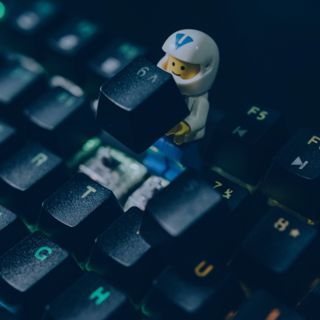
Building Products for Power Users
As more digital natives have entered the workplace, they have brought with them the expectation that their software should both be a joy to use and allow them to be power users. That is, users who configure and control it to better serves their needs. And often, these digital natives aren't just aspiring power users, they are also prosumers, who can and will pay for a premium experience. But first generation SaaS products have often struggled to deliver the experience these users crave.For today's founders and builders, how do you get the user experience right when a product has to delight your power users, while being something a less savvy user can pick up and learn?In this episode, a16z general partner David Ulevitch and Superhuman founder Rahul Vohra discuss how to build products that can turn any user into a power user. The conversation touches on themes from David's recent talk on products that adopt developer tools, like the command palette and keyboard shortcuts, to improve usability, and Rahul's talk on how to apply game design principles to product design. They cover how to onboard users to drive virality, when to expand to a second product, and how to use pricing to position a premium product.
24 Juni 202023min

Journal Club: Building a Better Chloroplast
In this episode of the a16z bio Journal Club, bio deal team partner Judy Savitskaya and Lauren Richardson discuss research that aims to enhance the efficiency of photosynthesis and carbon fixation. These two processes are used by plants and other phototrophs (like algae) to convert light energy and carbon dioxide from the air into organic matter. The pathways took millions of years to evolve, but can scientists use advances in biochemistry and synthetic biology to increase their efficiency? The two discussed were both published in the journal Science and are both from the lab of Tobias Erb at the Max Planck Institute for Terrestrial Microbiology. The first article, published in 2016 develops a synthetic pathway for the fixation of carbon dioxide in vitro. The second article, which was published in May, combines this synthetic carbon fixation pathway with the natural photosynthetic pathway isolated from spinach to create an artificial chloroplast.This combination of natural and synthetic components to improve the efficiency of these pathways has a number of potential applications, including in engineering our crops to grow faster. We discuss these exciting applications, how evolution has restricted the efficiency of carbon fixation and how these engineered solutions get around that problem, and the use of microfluidics for vastly improved experimental design. "A synthetic pathway for the fixation of carbon dioxide in vitro" in Science (November 2016), by Thomas Schwander, Lennart Schada von Borzyskowski, Simon Burgener, Niña Socorro Cortina, Tobias J. Erb"Light-powered CO2 fixation in a chloroplast mimic with natural and synthetic parts" in Science (May 2020), by Tarryn E. Miller, Thomas Beneyton, Thomas Schwander, Christoph Diehl, Mathias Girault, Richard McLean, Tanguy Chotel, Peter Claus, Niña Socorro Cortina, Jean-Christophe Baret, Tobias J. Erba16z Journal Club (part of the a16z Podcast), curates and covers recent advances from the scientific literature -- what papers we’re reading, and why they matter from our perspective at the intersection of biology & technology (for bio journal club). You can find all these episodes at a16z.com/journalclub.
21 Juni 202020min

Real Estate in a Pandemic: Renters and Landlords (Part 2)
This episode is the second in a two-part series that examines the pandemic’s impact on real estate. Part 1 focused on prospective home buyers, sellers, and existing homeowners. This episode, Part 2, addresses renters and landlords.The conversation with host Lauren Murrow features a16z general partner Connie Chan, whose experience as a landlord herself has fueled her interest in residential real estate and technology; Richard Green, the director of USC's Lusk Center for Real Estate, and Adena Hefets, the CEO of Divvy Homes, a company that allows people to build up equity while renting a home, with the option to eventually buy it.We begin with the pressures on renters—and the uncertainty around federal relief measures—as well as the cascading effects on mom-and-pop landlords. Then we turn to the outlook for prices and volume in the rental market, particularly in large cities like New York and San Francisco. Finally, we discuss the opportunity for tech to solve outdated and inefficient processes for both renters and landlords.For more a16z content on real estate and proptech, visit a16z.com/realestate.
17 Juni 202031min

Real Estate in a Pandemic: Homeowners and Buyers (Part 1)
This episode is the first in a two-part series that examines the pandemic’s impact on real estate. Part 1 focuses on prospective home buyers, sellers, and existing homeowners. Part 2 (streaming on 6/17) addresses renters and landlords.How has social distancing shaken up the market to buy? What’s the ripple effect of eviction freezes and a record number of homes in forbearance? And how can tech streamline the inefficient process of renting, buying, and selling a home?Led by host Lauren Murrow, the conversation features a16z general partner Alex Rampell, who has invested in a number of real estate companies; Malloy Evans, Fannie Mae’s senior vice president and single-family chief credit officer; and Tushar Garg, CEO of Flyhomes, a company that helps buyers in competitive markets by purchasing their desired house in cash, then selling it to that buyer at the same price.The discussion starts with the impact on home prices and volume, as well as the rumored exodus from densely populated cities. Then we shift to focus on existing homeowners. Finally, we talk about ways tech can improve the system, from hard tech to fintech.For more a16z content on real estate and proptech, visit a16z.com/realestate.
16 Juni 202024min

World’s Largest Supercomputer v. Biology’s Toughest Problems
Proteins are molecular machines that must first assemble themselves to function. But how does a protein, which is produced as a linear string of amino acids, assume the complex three-dimensional structure needed to carry out its job? That's where Folding at Home comes in. Folding at Home is a sophisticated computer program that simulates the way atoms push and pull on each other, applied to the problem of protein dynamics, aka "folding". These simulations help researchers understand protein function and to design drugs and antibodies to target them. Folding at Home is currently studying key proteins from the virus that causes COVID-19 to help therapeutic development. Given the extreme complexity of these simulations, they require an astronomical amount of compute power. Folding at Hold solves this problem with a distributed computing framework: it breaks up the calculations in the smaller pieces that can be run on independent computers. Users of Folding at Home - millions of them today - donate the spare compute power on their PCs to help run these simulations. This aggregate compute power represents the largest super computer in the world: currently 2.4 exaFLOPS!Folding at Home was launched 20 years ago this summer in the lab of Vijay Pande at Stanford. In this episode, Vijay (now a general partner at a16z) is joined by his former student and current director of Folding at Home, Greg Bowman, an associate professor at Washington University in St. Louis, and Lauren Richardson. We discuss the origins of the Folding at Home project along with its connection to SETI@Home and Napster; also the scientific and technical advances needed to solve the complex protein folding and distributed computing problems; and importantly what does understanding protein dynamics actually achieve?
14 Juni 202032min


